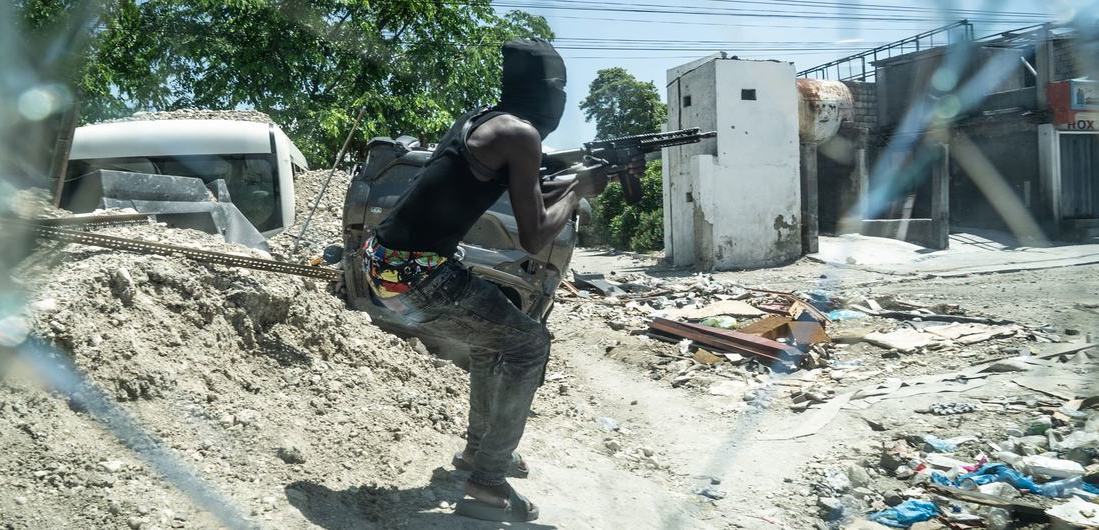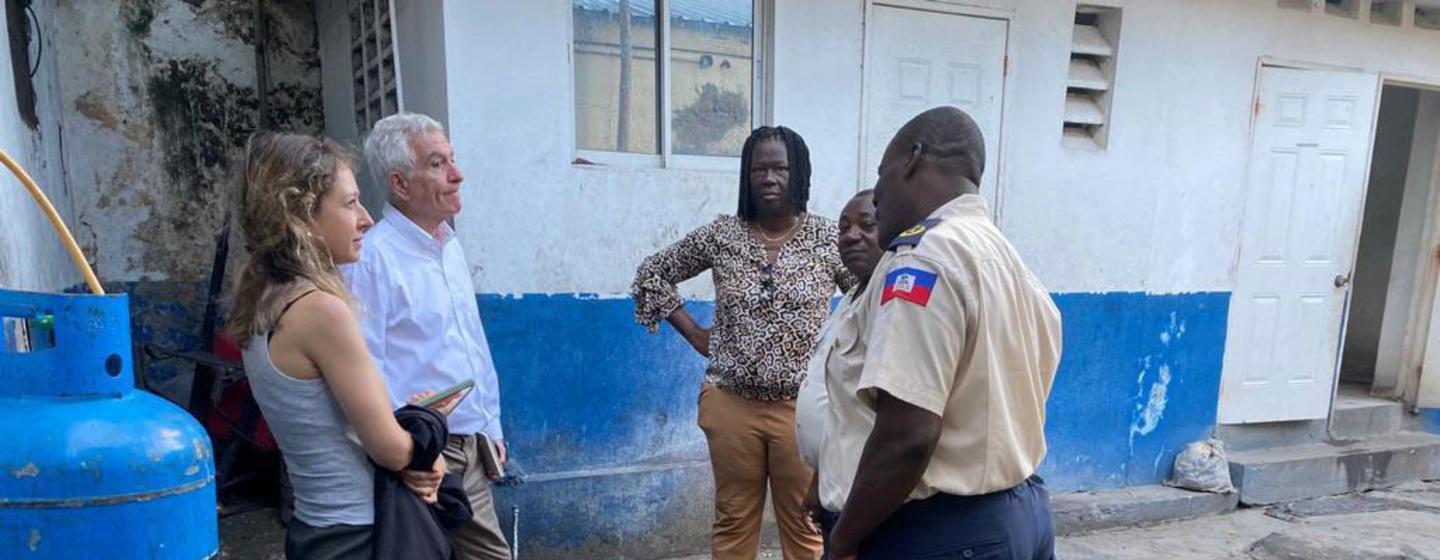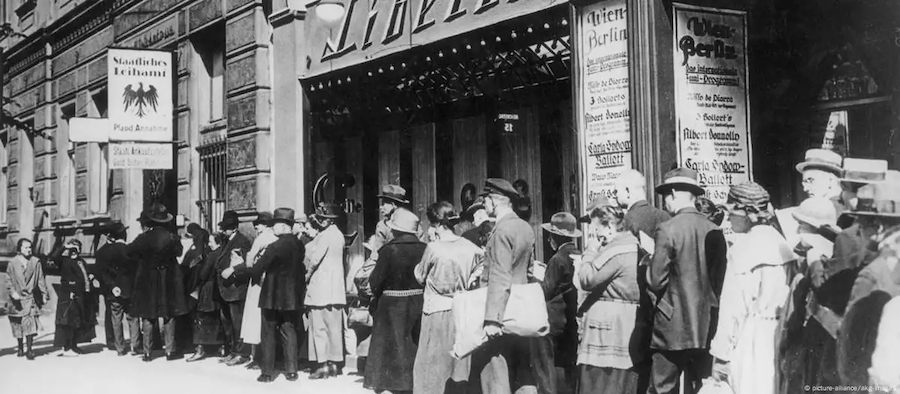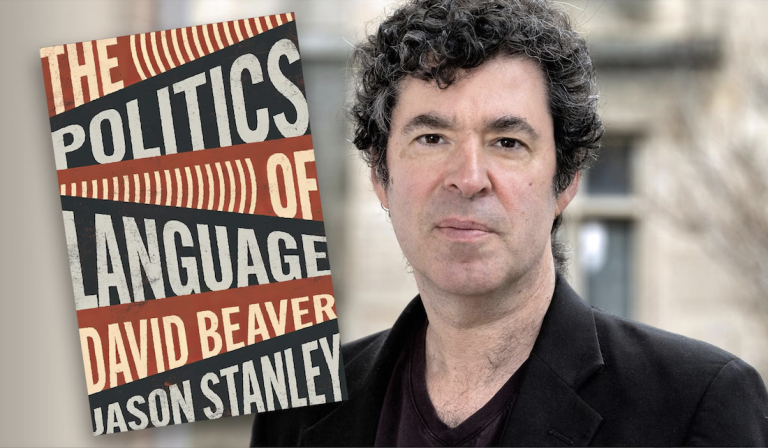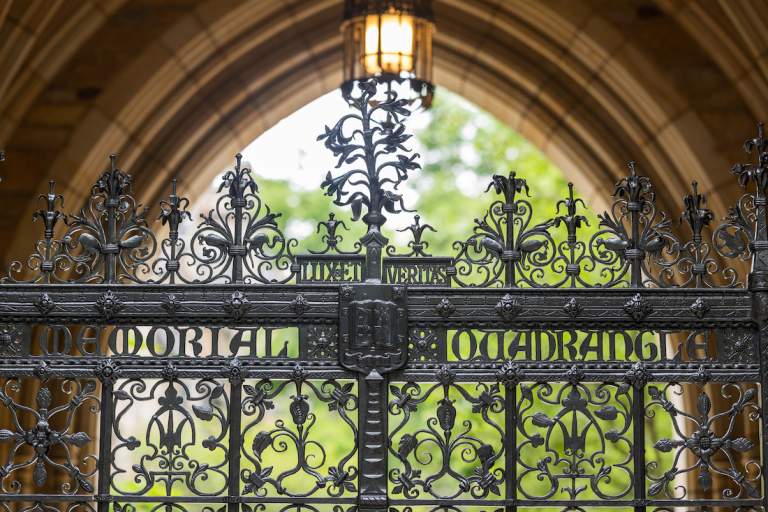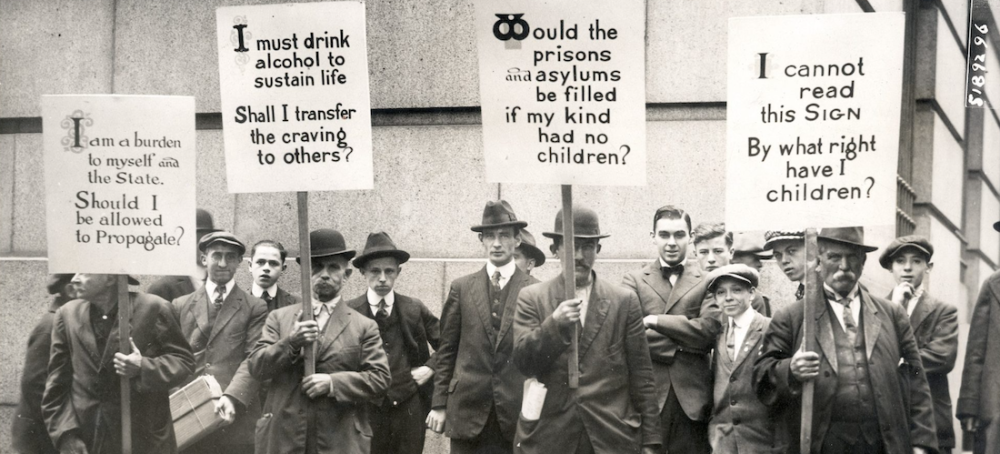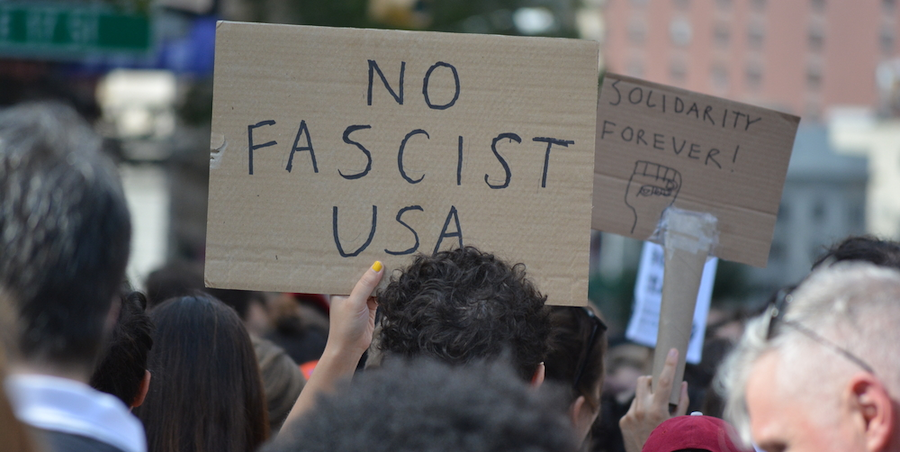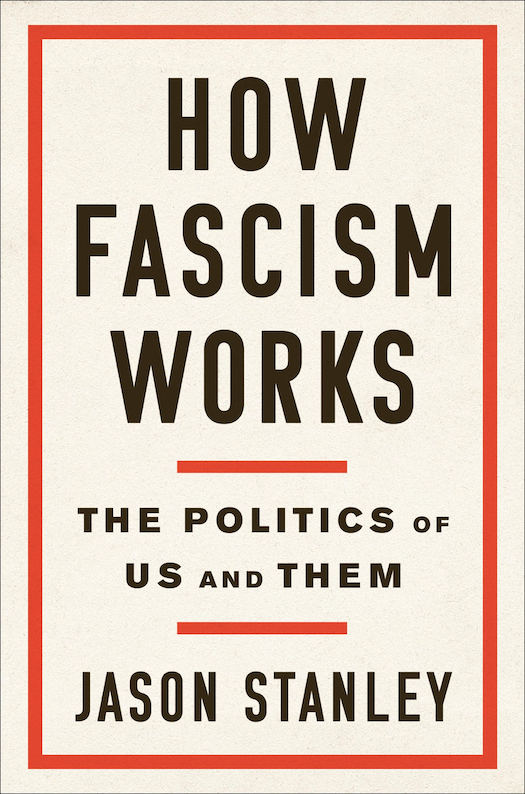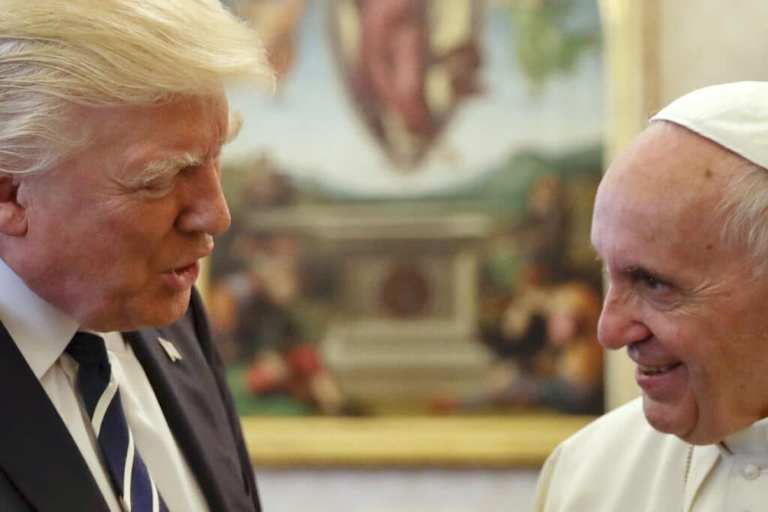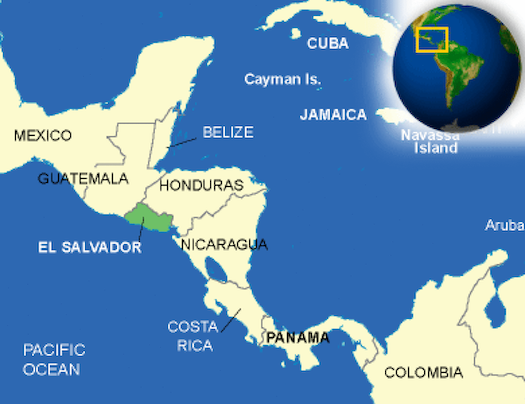Taipei — A recent poll conducted by the National Taiwan University reveals a startling figure: nearly 90% of Taiwanese citizens support the right of terminally ill patients, for whom pain is untreatable, to seek physician-assisted death.
How can a society steeped in traditions that emphasize the sanctity of life embrace such a concept? Is this an enlightened step towards autonomy or a symptom of deeper societal suffering?

The figures are hard to ignore.
The poll, which surveyed a representative sample of the Taiwanese population, indicates a dramatic shift in public sentiment.
While cultural norms in Taiwan have traditionally emphasized preserving life at all costs, the poll suggests that the public is now more willing to consider individual suffering and personal choice.
“It’s a monumental change,” says Dr. Lin, a professor of bioethics at National Taiwan University.
“We’re seeing a significant number of people who believe that an individual should have the right to choose how they end their life, especially when faced with unbearable pain and a terminal illness.”
But where does this shift originate?
Some argue that increased awareness of patient rights and the desire for self-determination are driving forces. Others suggest that the rising rates of chronic illnesses and an aging population have brought the issue of end-of-life care to the forefront.
“We’re living longer, but not necessarily healthier,” says Ms. Chen, a social worker who specializes in geriatric care. “Many of my patients suffer from debilitating conditions that rob them of their quality of life. It’s not surprising that people are starting to question whether prolonging life at all costs is always the best option.”
Yet, the idea of euthanasia remains deeply controversial.
Religious organizations and some conservative groups have voiced strong opposition, arguing that it violates the sanctity of life and could lead to abuses. They warn that vulnerable individuals, such as the elderly or those with disabilities, could be pressured into ending their lives prematurely.
“We cannot open the door to euthanasia,” says Reverend Wang, a prominent religious leader. “Life is a sacred gift, and we must do everything in our power to protect it. There are alternatives, such as palliative care, that can alleviate suffering without resorting to ending a life.”
Indeed, the availability and quality of palliative care in Taiwan remain a concern.
While some hospitals offer excellent palliative care services, many patients, especially in rural areas, lack access to adequate pain management and psychological support. This raises questions about whether the push for euthanasia is, in part, a reflection of the failure to provide compassionate and comprehensive care for the dying.
“If we truly want to address the issue of end-of-life care, we need to invest in palliative care,” says Dr. Lee, a palliative care physician. “We need to ensure that all patients have access to the resources they need to live their final days with dignity and comfort.”
As Taiwan grapples with this complex issue, it is clear that there are no easy answers.
The poll results reflect a society struggling to reconcile traditional values with modern realities. The debate over euthanasia forces us to confront fundamental questions about life, death, and the limits of human autonomy.
CALL TO ACTION: Advocate for improved palliative care access and resources in your community.

#Taiwan, #Euthanasia, #EndofLifeCare, #Bioethics,
#Healthcare, #TaiwanPolicy, #EuthanasiaDebate
Tags: euthanasia, end-of-life care, bioethics, healthcare,
Taiwan, Taiwan policy, patient rights, palliative care
Social Media Blurbs
- X (Twitter): Taiwan sees surge in euthanasia support for terminally ill patients. Is this progress? Euthanasia support soars in Taiwan. bit.ly/XYZ #Taiwan #EuthanasiaDebate
- Bluesky: Wow, almost 90% in Taiwan support euthanasia for terminally ill! What do you think? Euthanasia support soars in Taiwan. bit.ly/XYZ #Taiwan #EndofLifeCare
- LinkedIn: A new poll in Taiwan reveals significant support for euthanasia among terminally ill patients. This has major implications for healthcare policy and the rights of individuals facing end-of-life decisions. How will this affect healthcare in Taiwan? Euthanasia support soars in Taiwan. #Healthcare #Bioethics #TaiwanPolicy [bit.ly/fullURL]
- Truth Social: Taiwan poll: High support for euthanasia in terminal cases. Euthanasia support soars in Taiwan. bit.ly/XYZ #Taiwan
- Mastodon: Taiwan is grappling with a major shift in public opinion. A new poll shows nearly 90% support euthanasia for the terminally ill. What does this mean for patient rights and palliative care? Euthanasia support soars in Taiwan. bit.ly/XYZ #Taiwan #EuthanasiaDebate
- Instagram: Taiwan poll reveals strong support for euthanasia among terminally ill. What are your thoughts? Share in the comments! Euthanasia support soars in Taiwan.
#Taiwan #Euthanasia #EndofLife #Bioethics #Healthcare
Link in bio! - Facebook: A recent poll in Taiwan shows a surprising level of support for euthanasia among terminally ill patients. Is this a sign of progress, or are there ethical concerns? Euthanasia support soars in Taiwan. Join the discussion: [bit.ly/fullURL] #Taiwan #EuthanasiaDebate #EndofLifeCare
- Reddit: New poll: Almost 90% in Taiwan support euthanasia for the terminally ill. Is this a victory for individual autonomy or a step too far? Euthanasia support soars in Taiwan. bit.ly/XYZ #Taiwan












